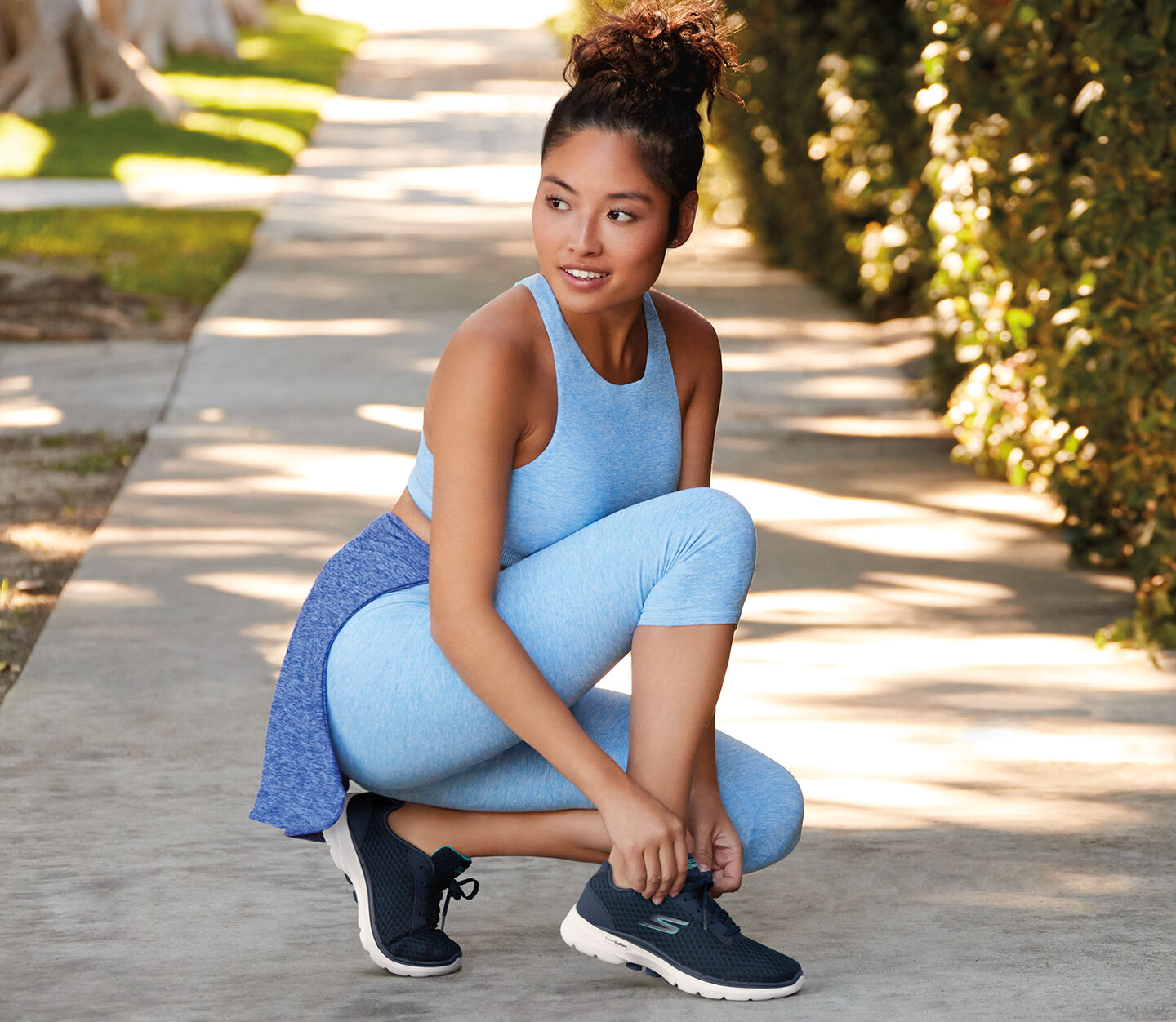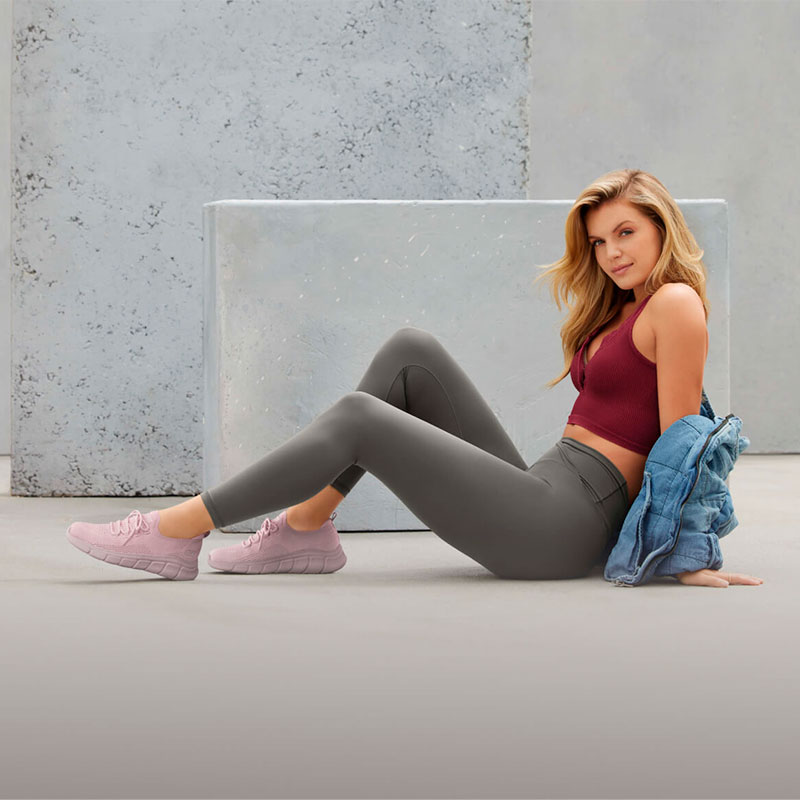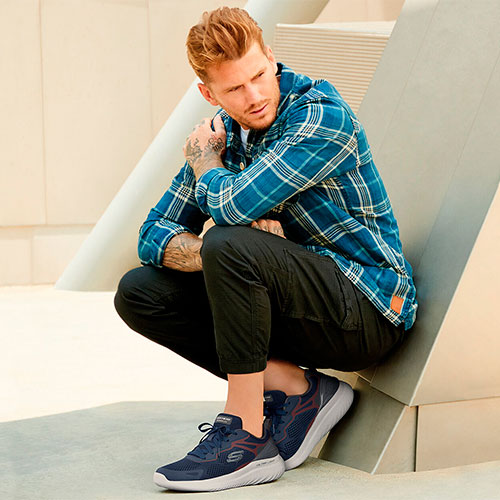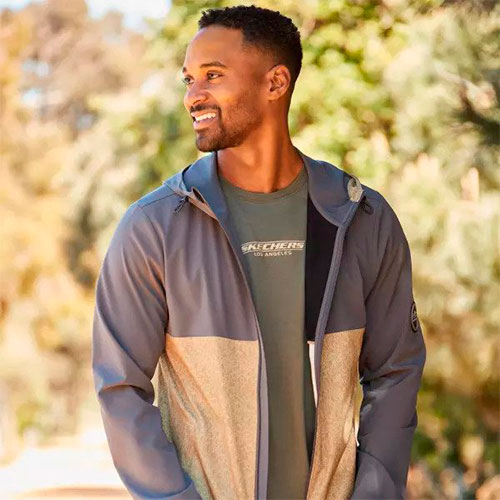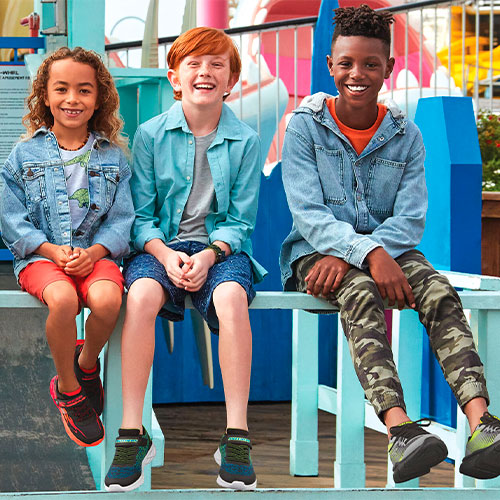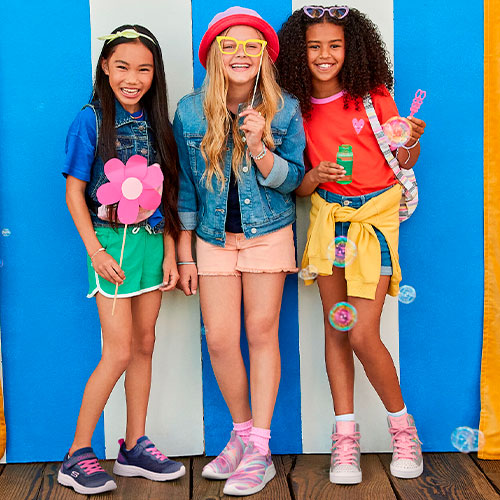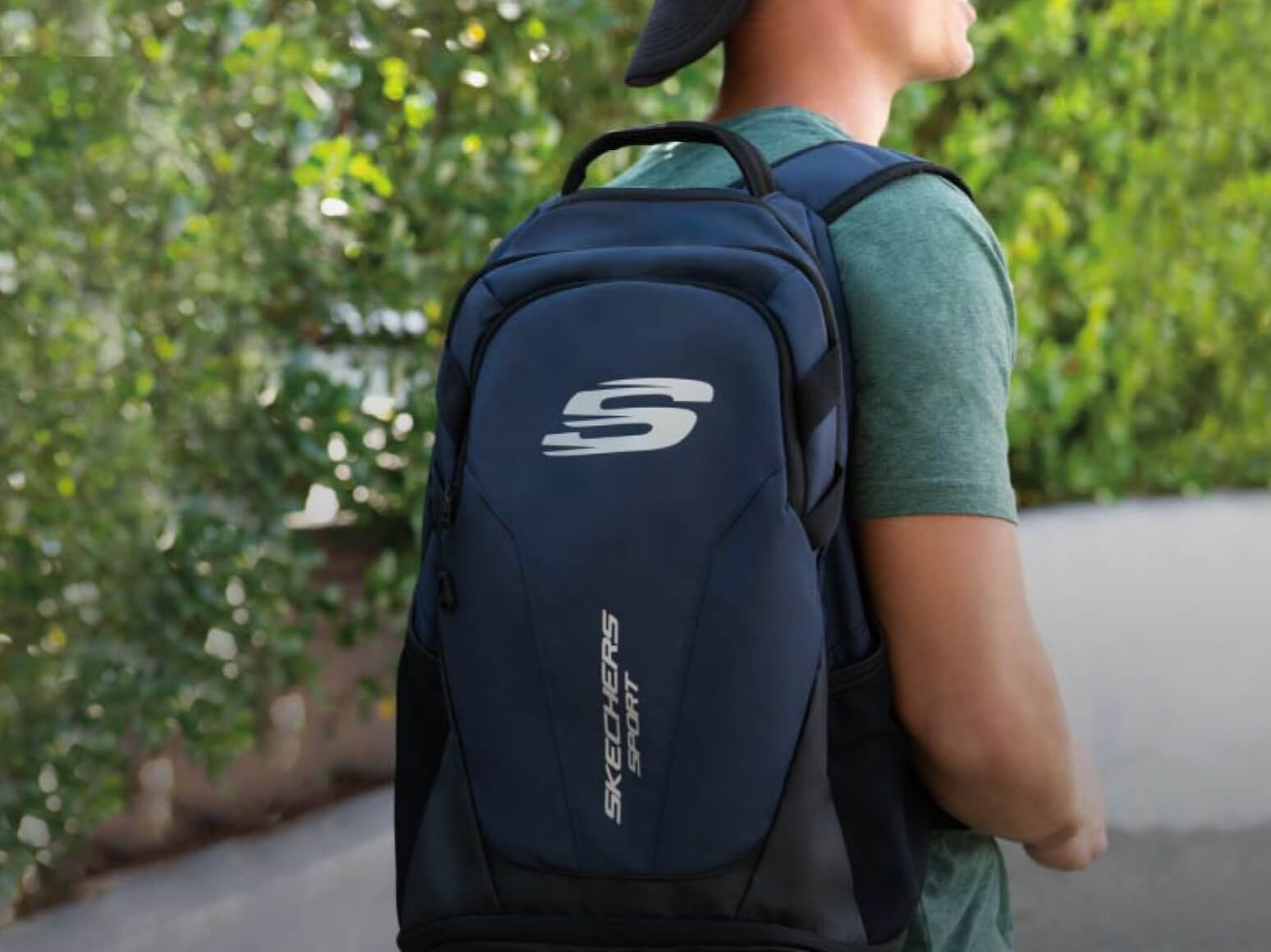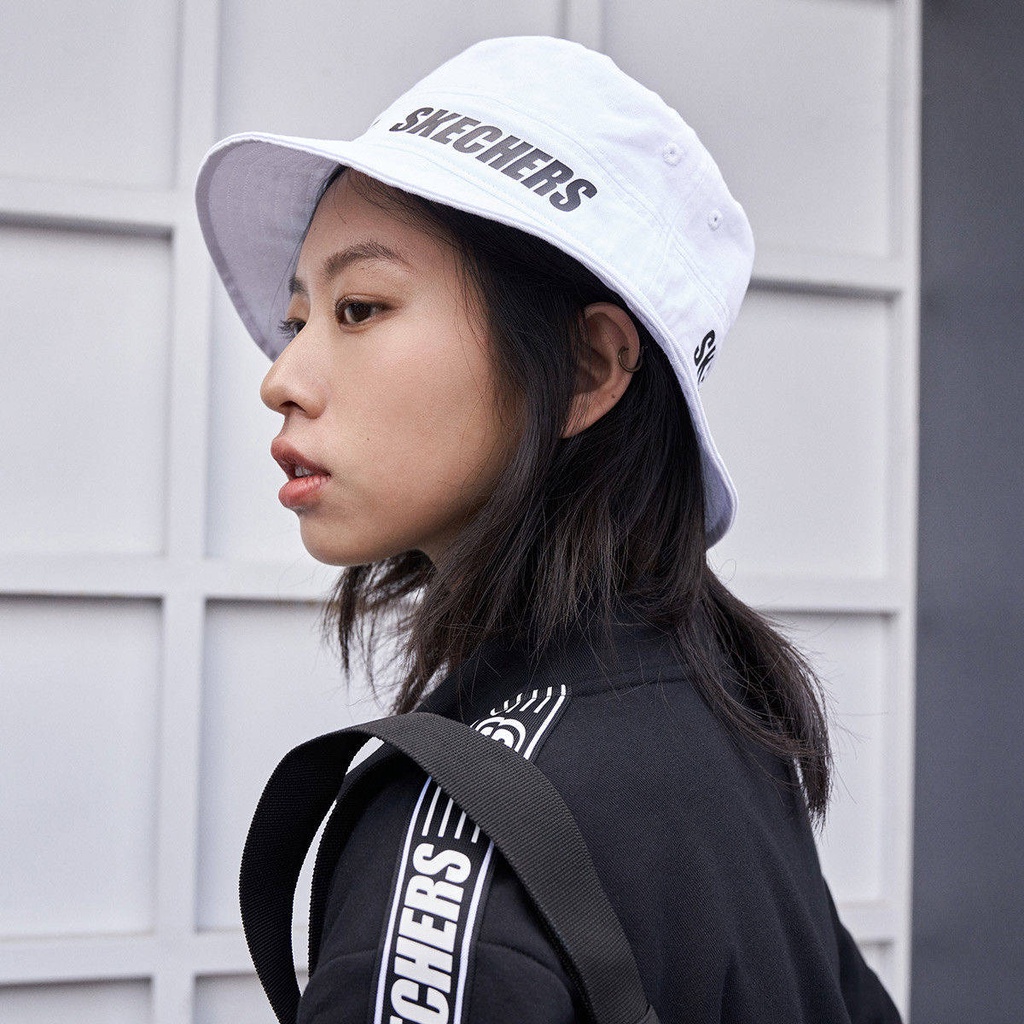How to choose the right shoe
Try to buy your athletic shoes from a specialty store. The staff may advise you on the type of shoe you need for your activity or sport. And they can properly fit the shoes so you end up with the right size.
- Shop for shoes after exercise or at the end of the day. This will help make sure that shoes feel comfortable when your feet are at their largest.
- Try the shoes wearing the same type of sock that you will wear for the activity.
- Have the shop assistant measure your feet every time you buy shoes, because your feet may become larger and wider as you age. It’s also common for one foot to be slightly bigger than the other.
- Check that you can wiggle all your toes when wearing the shoes. Remember, you need room for your foot to move within the shoe as you walk or run.
- The shoes should be comfortable as soon as you try them on. Don’t rely on ‘breaking them in’.
- Walk or run a few steps in your shoes, to check they are comfortable.
- Make sure the shoes grip your heel. Your heel should not slip in the shoes when you move.
- Think about width as well as length. If the ball of your foot feels squashed, ask if the shoe comes in a wider size. Shoes that are a half-size larger — but not wider — may not help.

What the right shoe can do for you
If you play a sport, it’s a good idea to wear shoes designed for that sport. There are specific shoes designed for tennis, golf, soccer, football, netball, running, cycling and other sports. Each has a different design, material and weight to best protect feet against the stresses of the particular activity.
A good tip when buying shoes is to take a tracing of your foot with you. If a shoe is narrower or shorter than the tracing, don’t even try it on.
If you play a sport, it’s a good idea to wear shoes designed for that sport. There are specific shoes designed for tennis, golf, soccer, football, netball, running, cycling and other sports. Each has a different design, material and weight to best protect feet against the stresses of the particular activity. A good tip when buying shoes is to take a tracing of your foot with you. If a shoe is narrower or shorter than the tracing, don’t even try it on.
Consider different factors for different shoes
Athletic shoes: There are four types of running shoes: motion control, stability, neutral/cushioning, and minimalist. The correct shoe for you is based on arch type and biomechanics. One way to test the shoe is to walk and jog in it. You can also balance on one leg and do a one-legged squat. The shoe should feel comfortable right away and these tests should feel easier in the right shoe.
For court sports, a sport-specific shoe is better than a running shoe because it will provide more side-to-side support. For cleats, it can be helpful to pick a shoe that allows you to add an arch support.
Minimalist shoes are used for forefoot running to simulate “barefoot” running. To avoid injury, it's best to slowly add time and to get guidance for proper form.
Sandals: Flip flops are good for short distance walking only. Choose sandals with strapstha cover more of the foot and/or wrap around the anke.
Boots may fit loosely and not provide adequate foot support. Adding arch support can improve comfort.
Take time to tie and untie your shoes
Your shoe will work best when it fits snugly and acts as an extension of your foot, without sliding around. Pulling off your shoe without untying it will cause the support in the shoe to break down much faster.
When to replace shoes?
Look at the heel. Most people will wear out the side of the heel over time. When the heel becomes angled, it will alter every step you take and can cause pain in the leg or back. Shoe repair stores may be able to fix the heel. If not, replace the shoe.
Running shoes can cause pain before they look worn. This is because they lose the capacity to absorb shock. The guideline to replace running shoes is every 350 to 500 miles. Running shoes older than one year old may also cause pain because of changes in the sole with exposure to humidity or heat. Save running shoes for running only and it will prolong the life of the shoe. Old running shoes can be used for walking.

